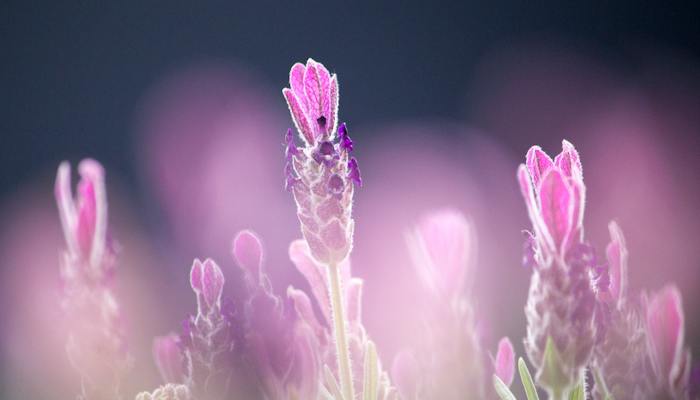Blog: Embracing the Feminine
By Isa Gucciardi, Ph.D.
As I am preparing to return to Menla Retreat in the beautiful Catskill Mountains in Phoenicia, New York to teach Embracing the Sacred Feminine with Robert Thurman, I am struck by the change in public discourse around the feminine experience that has occurred since the last time we taught this class together. With the ascendance of a president who grants permission, through his words and actions, to publicly humiliate women without negative consequence, others have become emboldened to repudiate women’s rights. This repudiation, demonstrated in the U.S. Senate, demonstrated in the struggle for women’s reproductive rights, and demonstrated in the rejection of a woman president can only be a function of a larger misogyny. Misogyny has always been part of the cultural fabric – not only in the U.S., but also in many, many other cultural settings. Yet the current bald demonstration of it at this point in our history is shocking.
The historic Women’s March that took place the day after the 2017 presidential inauguration was a response to the current rise in the public degradation of women. The last time women marched in such numbers around a presidential inauguration was the Woman’s Suffrage Procession in 1913. I knew this history. I understood the inequality that had been penned into the Constitution of the United States, but as I reread the stories of that march, I was jolted by the outright hatred that was expressed toward women in the suffragette movement by the police, the judiciary, and the journalists. The permission to humiliate women publicly by those in power seems to be nothing new.
Inequality that is legislated based on gender is born from hatred. The source of that hatred is difficult to understand, but many brave women have been fighting it for the last 150 years. How we confront this hatred is a personal choice and takes many forms, but one way to counter this negative force is to celebrate the feminine. I think it is important to focus on this celebration completely independently of any response to the dominant repudiation of the feminine.
An embrace of the feminine does not have to be motivated by anything other than an appreciation of the inexhaustible beauty of its expression. It can be a joyful celebration of the generative, life-giving force of the feminine in her expression as Gaia, the spirit of the earth. To appreciate the feminine is to appreciate the miracle of female bodies bringing forth new life. To embrace the feminine is to engage with others inclusively, cooperatively, and with mutual respect, in the same way the powerful women’s councils of the Iroquois Confederation did when they governed groups of Native American tribes from about 1150 to 1830. To embrace the Sacred Feminine is to adhere to the ethics followed by enlightened mothers everywhere.
In Mahayana Buddhism, the great feminine is recognized through the prajñāpāramitā body of wisdom, which articulates some of the most powerful teachings in all Buddhist literature. These teachings focus on the evocation of the mystery of the void and the comprehension of emptiness. They offer a path toward an ever-deepening understanding about the nature of reality. These teachings bring the student through the pitfalls of nihilism as they elucidate the limited, illusory nature of material reality and point to an ever-ripening and joyful celebration of the mystery of existence.
As we become engaged students of the Earth and her transformative processes that center around birth and death, an ever expanding awe dawns within us as we take in the significance of our own lives. There is no gender distinction in this celebration of the feminine. Men and women are welcome to participate equally and without limitation. All that is required is a respect for all life, a willingness to go beyond the known, and a desire to deepen our understanding of who we are and what our true place is in the world.
As we allow ourselves to feel our utter dependence on the plants, the animals, the waters, the air, and all the expressions of the Earth, we find our place in the order of things. When we follow the prajñāpāramitā teachings into the void and beyond, we can become wisdom holders ourselves. And we can naturally dedicate ourselves to learning how to act from that place of wisdom with every breath we take—and we can dedicate ourselves to offering its fruits to others.
ENJOYING THE STREAM OF CONSCIOUSNESS BLOG? SIGN UP FOR FREE UPDATES!



